Welcome to part 3 of our Jungle Journey in the Ecuadorian Amazon, where we party with parrots, pick up some piranhas, get petrified by a potoo, and pursue peace on the shores of the Napo River. Read Part 1 here and Part 2 here. Check out pix from our trip here, and while you’re at it, like my FB page!
What animal do you think of when you think of the Amazon? Monkeys? Anaconda? Macaws? Piranha? The jungle is packed with animals, but you don’t really see that many, compared to places like the Galapagos. But believe me, they see you! The jungle thrums with life and energy- you can feel it all around you. The animals in the Amazon are masters of disguise, because there are so many things that want to eat you! There are five major apex predators in the Amazon: the jaguar, the anaconda, the Harpy Eagle, the giant otter, and the black caiman. As a result, animals have evolved numerous ways to hide in plain sight.
Tree frogs and ground toads blend with the bark or the ground cover. Insects can look just like trees or leaves. We saw bats hanging on branches sticking out of the water that were virtually invisible, even if you knew what you were looking for! We barely saw a potoo sitting atop a dead tree, he blended so well. Snakes, jaguars, and many others have patterns that allow them to blend in with their surroundings. Others have intricate patterns that make them resemble something dangerous, like the Atlas moth whose wings look like a snake head. Some animals, like sloths, move so slowly that they become a part of the scenery.
Other animals use bright colors to fend off predators, as a warning sign that they are dangerous! Poison dart frogs are a great example of this. Macaws and other birds are brightly colored mostly for mating purposes, but their bright colors might also be a deterrent to would-be predators, indicating that they are strong and scary.
The Amazon makes you work for sightings, and having eagle-eyed guides is essential for us city-dwellers. We were so lucky to have Andres and Gijo as our guides… They could determine what animals were what by a blob in a tree far above, what animal we were seeing in the water by the reflection of its eyes, and the type, color, and gender of birds from far below.
It didn’t take an eagle eye to spot the parrots and macaws at the clay licks, although in one case, it took a lot of patience.
- Can you see the bats “hanging out” on this log?
- Method used for finding animals at night
- Sloth hiding in a tree
Clay Licks
A “clay lick” is a patch of earth that is rich in sodium and other minerals. In the amazon, they are often found on cliffs by the river or in the jungle. Clay licks are like the Gatorade and Tums of the parrot world. Parrots’ diets consist largely of seeds and nuts, and sometimes they need a little help digesting these items. It is also thought that they gain certain essential vitamins and minerals from the clay. Different species of parrots, particularly macaws, flock to these areas at certain times of the day to take their supplements and socialize. Some mammals, such as peccaries and tapirs, are also attracted to clay licks to supplement their diets. This in turn may attract predators.
In short, clay licks can provide exciting and diverse wildlife viewing and are a must-visit during your time in the Amazon. We saw two on our trip: one by the edge of the river and one deep in Yasuni National Park.
The first was teeming with life when we arrived. You could hear the din before your eyes could discern the source. At first, it looked like a place on the shore where trees were patchier than the surrounding areas. After staring for a while and getting a little closer, it became apparent that the green spots in that area were actually birds- hundreds of red and green macaws, yellow-crowned Amazon parrots, and mealy Amazon parrots fussing and snacking! It was a cacophony of tweets, screeches, chirps, even screams… This pandemonium of parrots was truly that!
We watched for a while and hurried on to the next stop. This was a bit different- where the first lick was found and chaotic, this one required us to tip toe and sneak into our seats in silence. A blind had been set up for people to sit, wait for, and watch the spectacle of scarlet macaws meeting up for their brunch.
We crept up to the blind where several other people sat, binoculars, phones, and cameras in hand. We could hear squawking, but it sounded far away… so we sat. For the first 20-30 minutes, one scarlet macaw sat in the top of a tree. He seemed to be scoping out the area, making sure no threats lingered about. Soon, two more joined him up high.
After a good 30 minute wait, the show began! Several dull brown birds pittered about, soon eclipsed by the colorful spectacle that unfolded. 8-10 scarlet macaws came in, drank the water, and licked the clay. They seemed on high alert the whole time, heads on swivels. 10-12 yellow crowned amazon parrots came up and sat on a log, taking their turns to drink and lick. It seemed like the two types of birds had a system, and they took turns at the watering hole. That is, until one old wizened bully macaw literally grabbed one of the parrot’s wings in his beak and tossed him away! Then, he hopped up onto the log and knocked everyone off! The “pecking order” here was obvious!
If you ever see someone with a macaw– you’ll often see guys at cruise ports or on the beach with them, offering photos with them for a price- don’t pay him. Some subspecies are endangered, and the means by which they are obtained from the wild can be brutal and cruel. They need a very particular environment, in certain types of trees, in which to nest. Poachers will chop down the entire tree to capture them, not only taking those birds but shrinking their habitat. They will take as many as 10 birds and put them in a large tube for transport. It is estimated that one in ten survives, so they go for a premium. They should not be kept as pets or exploited for an instagram post.
We watched these rare birds socialize and preen until the show was over, had a picnic lunch, then explored a tiny corner of Yasuni National Park, then hopped back in our motorized canoe and headed back to the resort.
- Thousands of squawking parrots at the clay lick
- Several macaws drinking at the clay lick
- Macaw scoping out the scene
Other Birds
The Ecuadorian Amazon, and Ecuador in general, is a bird watcher’s paradise! We saw scarlet, red and green, and red-bellied macaws, and toucans. We saw orange-cheeked, cobalt-winged, dusky-headed, yellow-crowned, and mealy parrots. “Mealy” parrots are so-called because the whitish-blue discoloration on their backs makes the look like they’ve been dusted with flour… Yeah, whoever named these birds was not super creative.
I told you about the Hoatzin, or “stinky turkey,” last time… loved that odd bird. Other memorable standouts include the black-banded owl, the sunbittern, and the striated heron. Anhingas were pretty common, and we have those in South Carolina. They are also known as “water turkeys” and “snakebirds,” the latter not because they eat snakes, but because they swim with their head and neck out of the water and sorta resemble a snake.
We saw kingfishers, woodpeckers, cardinals, various types of herons, vultures… the list goes on. The second strangest bird we saw derives its strangeness from its call… The Potoo. This odd little bird looks kinda like an owl but is not one. It likes to sit at the top of a dead tree, where it completely blends in. We saw one as we were taking a night time walk through the jungle… then we heard its vocalization. I can’t call it a “song’ because it was far too creepy. It sounded like a very unhappy zombie or a groaning ghoul. The jungle was already scary at night- the trail behind me seemed to disappear at the age of my light. But this sound made the hair on the back of my neck stand up!
Then we saw a whip scorpion, two massive wolf spiders, and two tarantulas… that was an exciting excursion!
I’ll talk much more about birds in my next series of posts about our time in the Galápagos Islands!
- This owl-like bird makes a terrifying sound
- Hoatzin, or “Stinky Turkey”
- Toucan in a Tree
Yoga
Getting up at 4:30 in the morning may not sound great to many of you. But I highly recommend doing this at least once during your stay at La Selva Eco Lodge.
Our Yoga teacher, Valeria, was a ball of light and positive energy! Yoga classes were held 4 times a day: 5 am and 9 pm by the lake, and during the day at a gazebo nestled in the trees. The morning and evening classes are very relaxing, while the daytime sessions are more intense. I thought starting the day with a relaxing practice to greet the sun sounded wonderful, and it was!
Valeria had set up yoga mats, a subtle amber light, and cushions in a gazebo right on the lake. We started in pitch darkness, very little stimulation except for the sounds of the jungle. The practice consisted mostly of slow-paced movements and breathing exercises, and was a gentle welcome to the sun. I sat in lotus, breathing slowly and rhythmically, listening to the sounds of bugs and frogs, when all of a sudden, we hear a gunshot! Strangely enough, none of us really reacted but continued breathing. I found out later from our guide, Andres, that the sound was actually the massive fish, the Arapaima, slapping its tail against the water as a display of size and power!
The night sounds morphed into day sounds as the sky began to lighten. Birdsong replaced frog ribbets and tweets replaced cricket chirps. Soon, the whooshing, guttural rumbles of the howler monkeys resonated over the expanse of lake and forest. I stirred from shavasana ready to take on the world!
- Early morning Yoga practice at La Selva
- Jen getting twisted by Valeria
- Gazebo at Night
Piranha Fishing
You can fish for piranha at La Selva Lodge. It is strictly catch and release, although some indigenous people do eat them as part of their regular diet. My husband, Vuong, is an enthusiastic fisherman, so he had to give this a try.
The method for snagging these misunderstood meat-eaters is different than for hooking a bass or blue-gill. Instead of worms, crickets, or lures, you use raw meat on a hook with a wire leader (so they can’t chomp the line). Instead of casting your line, gently tugging, and patiently waiting, you vigorously slap the water with the tip of your pole, simulating a struggling animal splashing about in the throes of death. When you feel a tug, instead of waiting to set the hook, you pull immediately! With proper technique and a little luck, you’ll pull up one of these aquatic carnivores, who are actually usually scavengers (unless they are reeeaally hungry).
After a few tries, Vuong caught one! Gijo pulled its lips back to reveal a mouth full of sharp, 1.4 inch chompers!
- Piranha Bait=Beef
- Vuong and his Piranha
- Gijo pulling back piranha lips to show teeth
Indigenous People’s Village
The Mandi Wasi Village is a traditional Kichwa village with a modern twist. Yes it is touristy, but it is touristy with a purpose. The project empowers women and gives them a sense of purpose, an income, education, a method of keeping traditions alive, and helps develop the local community.
We were honored to get a glimpse into the traditional life of the Kichwa. We were greeted with Guayasa tea in a cup made from the guayasa fruit. This panacea tea contains caffeine and is thought to have healing properties and to protect the drinker from insect bites. Our local guide showed us the soccer field, with houses and schools around the perimeter. We stopped in to say hello to a class of kindergartners, and saw some titi monkeys and toucans along the way. They had an extensive garden of medicinal herbs and vegetables, with yard chickens clucking to and fro.
The women prepared snacks for us, consisting of yucca, sweet plantain, fish, and chicha… then, the piece de resistance: Chontacuro, or beetle larva! This big, juicy grub looked very scary. Alive, it wriggled and twisted its fat little body in efforts to escape. The women roasted it fully for our delicate palates, instead of expecting us to consume it raw as per tradition. I ate it in one bite, expecting an ooey gooey surprise. What I got was a crunchy, smoky, delicious morsel that tasted like bacon.
We picked up a few hand made creations at their shop, and headed back home to the lodge.
- Semi-Traditional Grill With Snacks
- Kindergartners in Class, Mandi Wasi School
- Tapas prepared by the Indigenous Women at the Mandi Wasi Village
We watched our last sunset at La Selva from the top of a 125 foot observation tower. It was a long slog to the top, but totally worth it! We watched toucans play and tried to watch a tiny bird drinking from a bromeliad high in the Kapok tree, but she did not want to be seen! Seeing the canopy from a different perspective was a nice way to end this part of our journey.
Did you love Ferngully as a kid? Had dreams of the mysterious forest and the secrets it holds? La Selva Eco Lodge is a wonderful place to get the fun Amazon experience and a great way to learn about the wildlife and how we need to protect it.
After leaving Coca and the Amazon behind, we spent a few days in Quito and a week in the Galápagos Islands! More posts to follow.

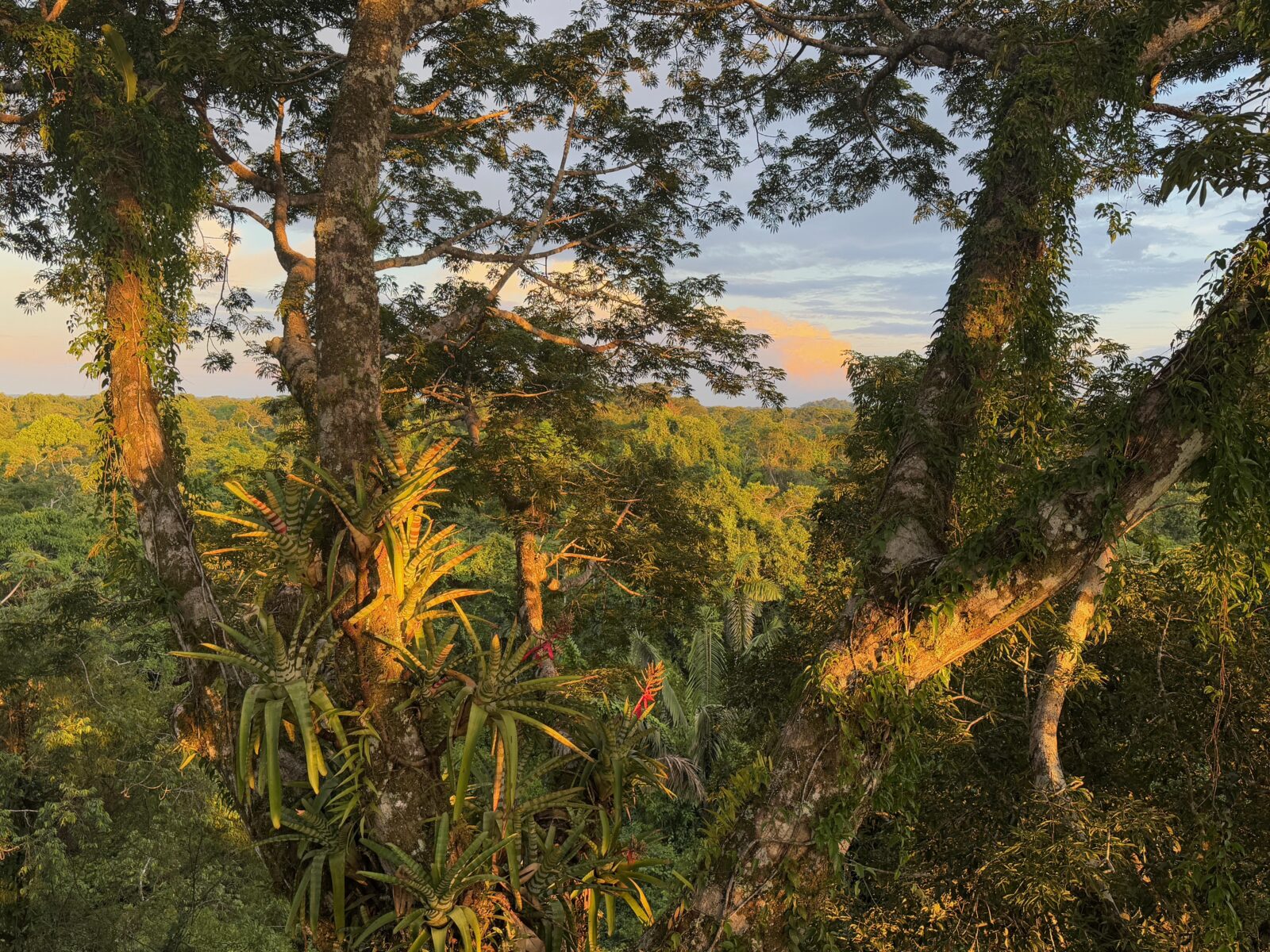


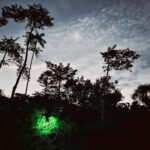
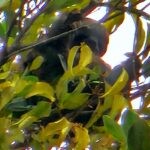
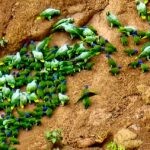
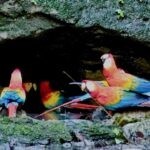
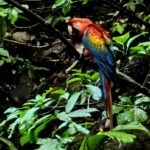
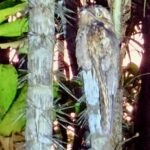
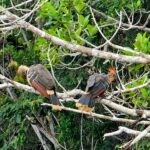
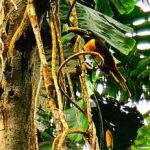
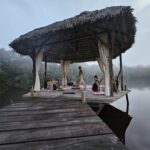
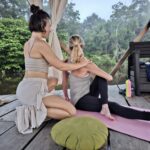

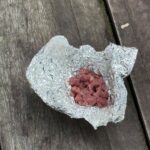
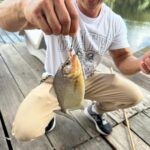
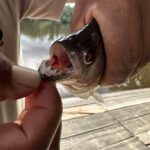
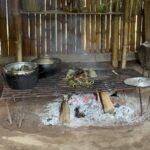

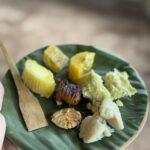
0 Comments